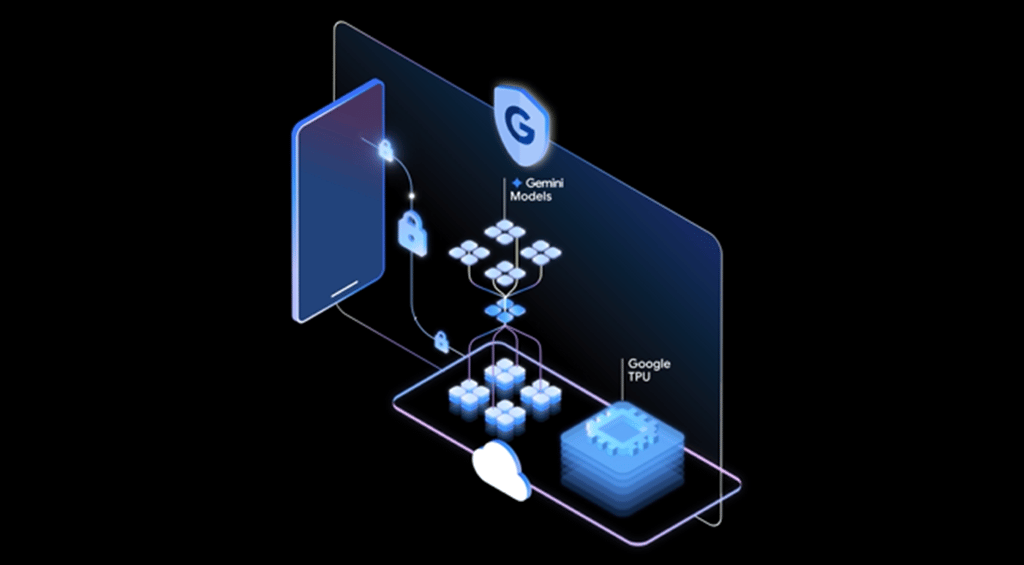Datamation content and product recommendations are
editorially independent. We may make money when you click on links
to our partners.
Learn More
There are a lot of different programming languages in use today. When it comes to the cloud, thanks in part to the strong position of OpenStack, the open source Python language has emerged as being one of the most important. OpenStack is written in Python and is in used by many leading IT vendors including IBM, HP, Dell and Cisco.
But how and why did Python become the language of choice for OpenStack?
Cloud Storage and Backup Benefits
Protecting your company’s data is critical. Cloud storage with automated backup is scalable, flexible and provides peace of mind. Cobalt Iron’s enterprise-grade backup and recovery solution is known for its hands-free automation and reliability, at a lower cost. Cloud backup that just works.
SCHEDULE FREE CONSULT/DEMO
To answer that question, Datamation sat down in a video interview with Joshua McKenty, co-founder and CTO of Piston Cloud and one of the key figures at NASA in the original Nebula cloud compute project.
McKenty wrote a study for NASA examining what language it should adopt for web applications in general.
“At the time, NASA had three thousand different web apps, written in 18 different languages and frameworks, just from a security standpoint it was a nightmare to maintain,” McKenty said. “So I prepared a trade study and did a quantitative and qualitative analysis of six languages and nine frameworks and came up with using Django and Python as the things that were most appropriate for NASA.”
Django is a popular open source Python web framework. McKenty noted that the study wasn’t about identifying Python as the best language in general. The analysis took into account the regional availability of resources, compatibility with NASA partners, security as well as personnel expertise.
In building its cloud compute platform, NASA also made the decision to use the most stable version of Python, which at the time was Python 2.6. The Python 2.6 release was announced back in October of 2008.
During the same timeframe, Rackspace had come to the same decision about using Python as the language for its cloud infrastructure technologies. Rackspace’s legacy cloud was built on Ruby. OpenStack came together in July of 2010, when NASA and Rackspace joined their respective cloud projects.
Python 2 to 3
While Python 2.x was the most stable version of Python in 2008, in 2013 the Python community has moved on with the Python 3.x branch as its core focus. Moving from Python 2.x to Python 3.x for OpenStack is a non-trivial task.
In addition to being on the OpenStack Foundation Board, McKenty is also a member of the Python Software Foundation, as are a number of his fellow OpenStack board members.
“We have insight into where the Python community is trying to go in the transition to Python 3.x and yet we’re keenly aware of the challenges of moving the OpenStack codebase in that direction,” McKenty said.
OpenStack has over 1.25 million lines of code, according to McKenty. Transforming existing code to Python 3.x will be a tricky exercise. Moving to Python 3.x is something that will take time, which isn’t always possible when project are racing forward with new feature releases.
In McKenty’s opinion, new projects should be written in Python 3. When it comes to existing project he is a bit cautious.
“The work to port existing projects to Python 3 should be undertaken,” McKenty said. “But I think it should be timed to happen at the point at which each of the projects is mature enough that the majority of the community can focus on the effort and it’s not in conflict with on-going development.”
Watch the video interview with Joshua McKenty below:
Sean Michael Kerner is a senior editor at Datamation and InternetNews.com. Follow him on Twitter @TechJournalist.
-
Huawei’s AI Update: Things Are Moving Faster Than We Think
FEATURE | By Rob Enderle,
December 04, 2020
-
Keeping Machine Learning Algorithms Honest in the ‘Ethics-First’ Era
ARTIFICIAL INTELLIGENCE | By Guest Author,
November 18, 2020
-
Key Trends in Chatbots and RPA
FEATURE | By Guest Author,
November 10, 2020
-
Top 10 AIOps Companies
FEATURE | By Samuel Greengard,
November 05, 2020
-
What is Text Analysis?
ARTIFICIAL INTELLIGENCE | By Guest Author,
November 02, 2020
-
How Intel’s Work With Autonomous Cars Could Redefine General Purpose AI
ARTIFICIAL INTELLIGENCE | By Rob Enderle,
October 29, 2020
-
Dell Technologies World: Weaving Together Human And Machine Interaction For AI And Robotics
ARTIFICIAL INTELLIGENCE | By Rob Enderle,
October 23, 2020
-
The Super Moderator, or How IBM Project Debater Could Save Social Media
FEATURE | By Rob Enderle,
October 16, 2020
-
Top 10 Chatbot Platforms
FEATURE | By Cynthia Harvey,
October 07, 2020
-
Finding a Career Path in AI
ARTIFICIAL INTELLIGENCE | By Guest Author,
October 05, 2020
-
CIOs Discuss the Promise of AI and Data Science
FEATURE | By Guest Author,
September 25, 2020
-
Microsoft Is Building An AI Product That Could Predict The Future
FEATURE | By Rob Enderle,
September 25, 2020
-
Top 10 Machine Learning Companies 2020
FEATURE | By Cynthia Harvey,
September 22, 2020
-
NVIDIA and ARM: Massively Changing The AI Landscape
ARTIFICIAL INTELLIGENCE | By Rob Enderle,
September 18, 2020
-
Continuous Intelligence: Expert Discussion [Video and Podcast]
ARTIFICIAL INTELLIGENCE | By James Maguire,
September 14, 2020
-
Artificial Intelligence: Governance and Ethics [Video]
ARTIFICIAL INTELLIGENCE | By James Maguire,
September 13, 2020
-
IBM Watson At The US Open: Showcasing The Power Of A Mature Enterprise-Class AI
FEATURE | By Rob Enderle,
September 11, 2020
-
Artificial Intelligence: Perception vs. Reality
FEATURE | By James Maguire,
September 09, 2020
-
Anticipating The Coming Wave Of AI Enhanced PCs
FEATURE | By Rob Enderle,
September 05, 2020
-
The Critical Nature Of IBM’s NLP (Natural Language Processing) Effort
ARTIFICIAL INTELLIGENCE | By Rob Enderle,
August 14, 2020
SEE ALL
CLOUD ARTICLES







